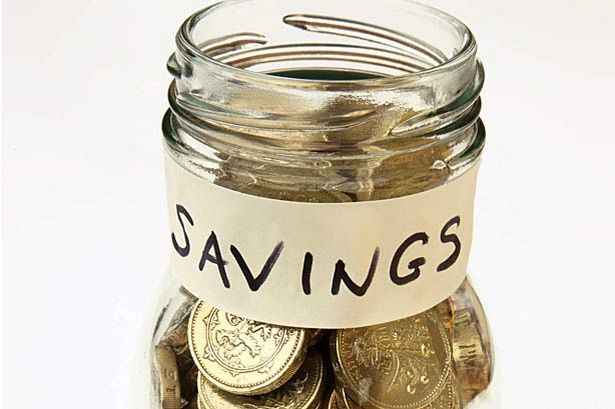An ISA is an Individual Savings Account and it is a form of saving that was introduced by the government in the late 1990s. ISAs are available from most banks, building societies and the Post Office. As there are numerous financial institutions that can provide an ISA, you should shop around to obtain the best option.
They are a tax-efficient way of saving money, either by making regular contributions on a monthly basis or paying in lump sums. The income derived from an ISA is paid free of tax so they are particularly beneficial for tax payers.

There are basically two types: cash ISAs and stocks and shares ISAs. Here is a summary of the main differences.
Cash ISA
A cash ISA is a risk-free form of savings as you are not risking the money that you put into it. The interest rate offered can be either variable or a fixed.
You can invest up to £5,340 each tax year, as long as you do not exceed the total amount of £10,680 which you are allowed to contribute to cash and stocks and shares ISAs in each tax year.
With the variable rate version, you can contribute either on a regular basis and/or pay in lump sums. You can withdraw all or part of your money at any point. Fixed-rate ISAs are less flexible, as the interest rate is fixed for a set period of time, usually between one and five years and you cannot add to it once it is set up, nor can you access the funds until the end of the fixed-rate period without paying a penalty.
You can transfer from one company’s cash ISA into that of another provider to obtain a better rate of interest,
Stocks and Shares ISA
You can invest up to £10,680 each tax year into these, minus what you may have contributed into a cash one.
Most stocks and shares ISAs have a varying degree of risk attached to them as you are investing in the stock market. The return you may potentially achieve is based upon how the fund you have invested in performs over a number of years. The value of your investment could therefore be lower than the amount you have paid in. It is often possible to make regular contributions or add lump sums.
There are certain charges that are deducted from the fund value to cover costs such as paying for a fund manager to manage your fund and make investment decisions on your behalf in line with the level of risk you wish to take.
Junior ISA
In November 2011, the government introduced the Junior ISAs so that parents and other relatives or friends could invest up to £3,600 per tax year for a child, which will be made available to them when they are 21. Up to £1,800 can be invested in cash Junior ISAs and up to the same amount in stocks and shares Junior ISAs.
Author Bio:
MoneySupermarket advises that anyone thinking of opening an ISA this year takes some time to look at the different ones offered by a range of providers as terms and interest rates can vary. If you have an ISA already and wish to switch to a new one to make the most of the introductory rate, transfer the money rather than withdrawing and re-depositing to keep the tax-free status.
Article submitted by the ISA team at Money Supermarket

